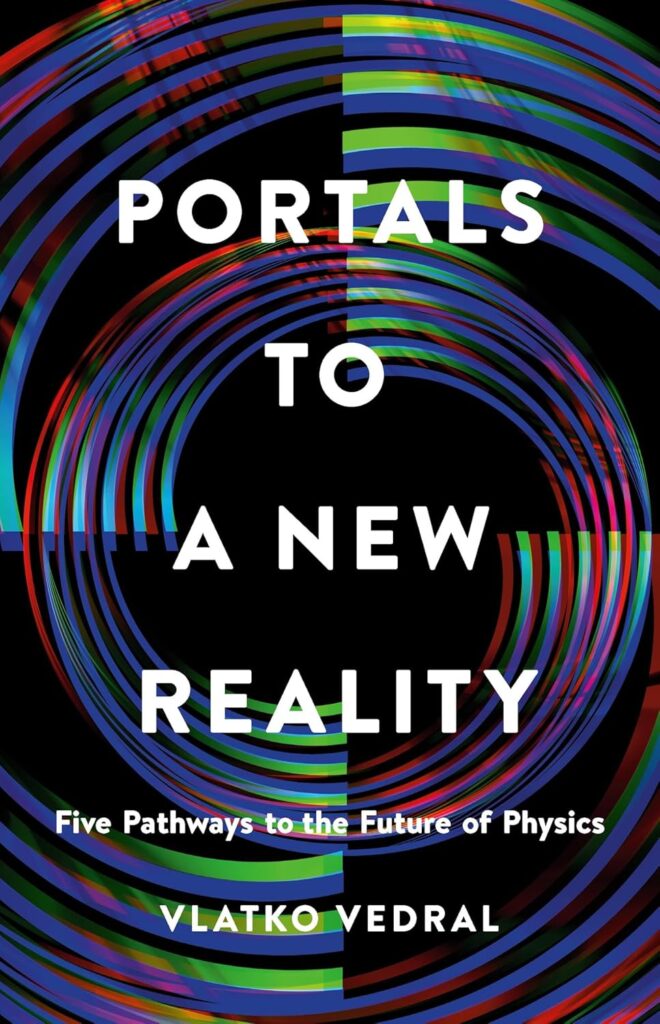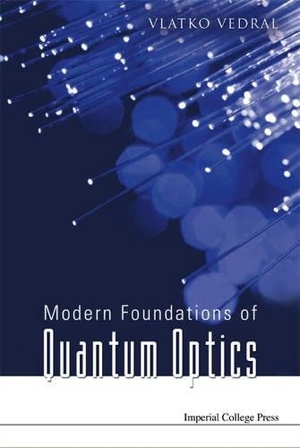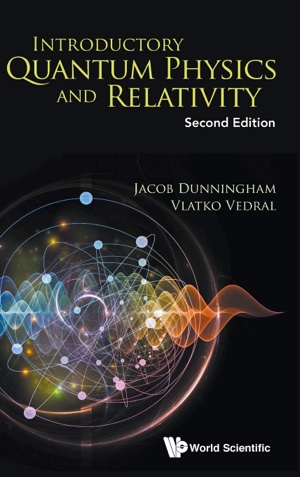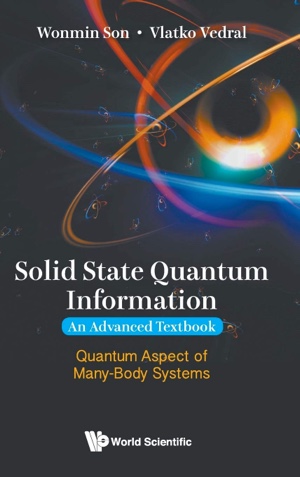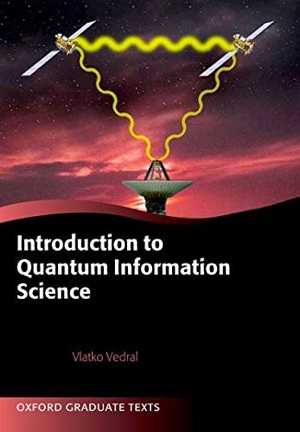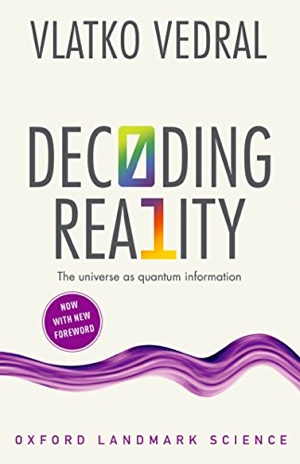An Argument Against Quantizing Spacetime
Someone witty once said: “It’s hard finding a black cat in a dark room” and then added sarcastically:” …especially when there is no black cat”. This metaphor of a *non-existent black cat in a dark room* is frequently used by atheists to argue against religion (God being the cat), but here I want to argue against the view that space and time need to be quantized. And, yes, you’ve guessed it – I will argue this by claiming that there is no such thing as spacetime – it is a glorious non-entity.

Photo by Pixabay: https://www.pexels.com/photo/brown-and-black-cat-37337/
Remember that quantizing something means treating its basic components as q-numbers and not just as ordinary c-numbers. In other words, if space and time became q-numbers, this would imply that we cannot simultaneously measure, say, different spatial components and/or time. It would be the same as the uncertainty that exists between the position and velocity of a particle. Heisenberg says you cannot know/specify them at the same time. Could the same be true of space and time? The more accurate your clock, the less well you can tell where it is…. it sounds funny, but – in physics – we are by now well used to many counterintuitive concepts.
Still, I’d like to claim that the universe is not such that space and time are q number and for the simple reason that there are no space and time. They are our convenient labels, conventions, and simplifications, but they don’t really exist. There are no elements of reality that correspond to space and time!
But what about Einstein’s theory of relativity? Isn’t that all about bending space and time? Well, that’s what I’d like to tell you about here, and it’s a view of relativity that has nothing to do with spacetime!
Before you lock me up in an asylum, let me justify my statement a bit. A while back I argued that gravity, as in Einstein’s general relativity, will prove to be quantum (the BMV experiment will settle that question), but this will not mean that spacetime is quantum. It will mean that the gravitational field should be described by q-numbers.
But now, I would like to talk about special relativity, i.e., space and time in the absence of gravity. We all know the experiments that moving clocks tick more slowly than stationary ones. This was Einstein’s prediction, called time dilation, and it has been tested extensively. People took the atomic clock on a return flight between London and Sydney. When they came back, the traveling clock showed less time than the clock that stayed in London throughout. So, there is no doubt that time dilation is real.
The main question is why time dilates. The standard view is that motion bends space and time. In other words, by moving we slow down time. But here I want to argue against this view that moving clocks, or anything else moving, can even affect either time or space. But if time and space are our convenient myths, then what is it that gets dilated? The answer is: electromagnetism.
Matter is held together by the electromagnetic forces. Atoms exchange photons, which attracts them into larger molecules. Molecules, in turn, exchange photons that bind them into even bigger molecules. And so on. All clocks, all rulers that are used to measure time and space are held together by electromagnetism (I am ignoring the forces inside the nucleus which are not relevant as well as gravity which is too weak at the level, but they ought to be ultimately included too).
The punchline now is the fact that different components of the electromagnetic field transform in the same way as space and time do. The 4 components of the so-called electromagnetic vector potential, the key quantity characterizing the electromagnetic field, transform when in a moving frame, exactly like space and time do (the component in the direction of motion contracts, while the scalar one dilates). That leads us to think that time dilates, whereas it is the electromagnetic field that changes leading to an effect as though the time itself has changed.
In fact, everything conspires in such a way that we can never tell if we are moving. All the laws of physics in a frame moving at a constant speed are the same as in a stationary frame. And for every such observer (called inertial) light moves at exactly the same speed. The is the famous Galilean principle of relativity that was first taken over by Newton in his mechanics and then by Einstein in his theory of relativity.
Two big questions follow naturally. Can we experimentally discriminate the views according to which either spacetime or electromagnetism are responsible for time dilation (and length contraction, which is another consequence of relativity)? I believe we can, but this is a topic for another blog. (and the answer will involve quantum mechanics). The second question is harder. Why are the laws of electromagnetism such that they lead to these particular transformations, the so-called Lorentz transformations, of its different components? At present, we have to admit that we don’t know. This is just so according to Maxwell’s equations which are the most fundamental description we have of the electromagnetic field. Maxwell’s equations also say that the speed of light is the same for everyone, and this too is a mystery. So, while I’ve argued that the mystery of space and time is gone (i.e., they don’t exist at the most fundamental level), other mysteries have immediately popped up. But such is the spirit of the scientific inquiry: you solve one problem only to create two more.
If you are interested in reading more about my views on how we will find a new theory of physics, which will supersede both Einstein’s relativity and quantum mechanics, look at my upcoming book “Portals into a New Reality”.
Sign up to my substack
BOOKS
ASK ME ANYTHING!
If you'd like to ask me a question or discuss my research then please get in touch.
